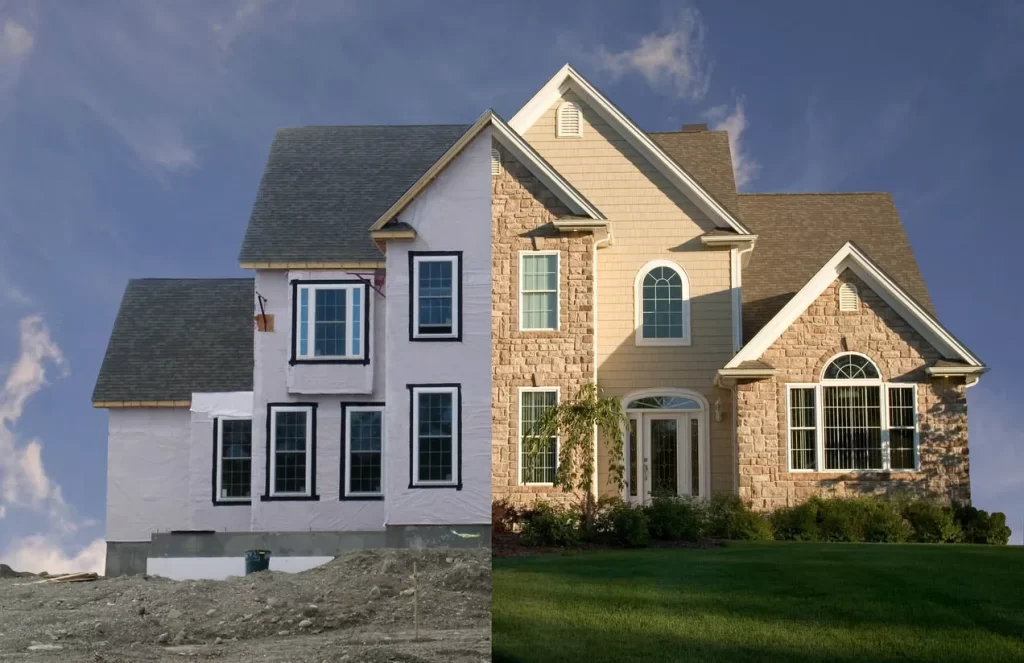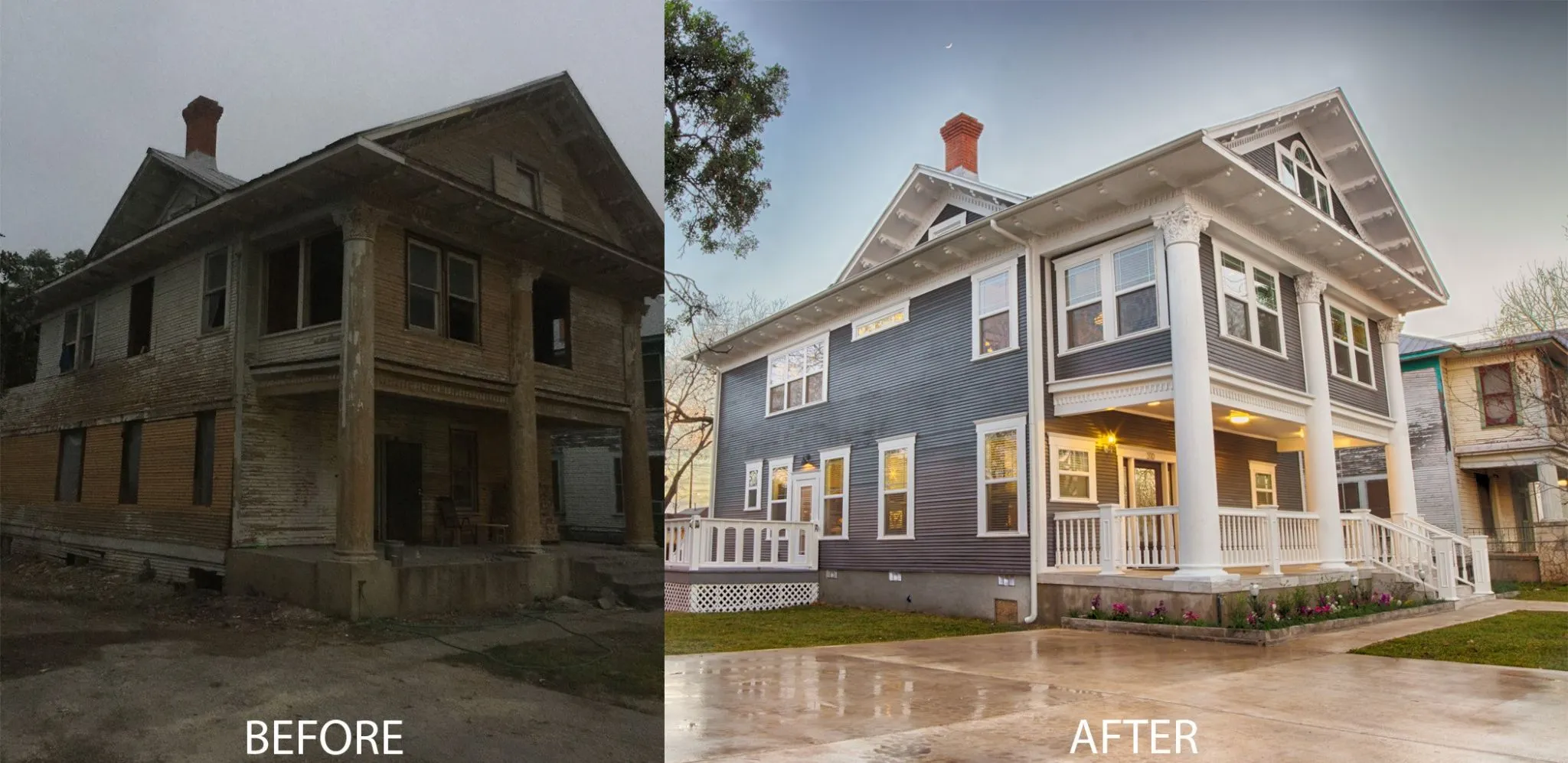Revitalizing an older home can offer significant rewards if done correctly. From uncovering hidden architectural features to modernizing outdated systems, the process of flipping can not only restore homes to their former glory but also provide financial benefits. One key to success in flipping is understanding the current housing market and buyers’ expectations. By keeping a close eye on trends and being strategic about renovations, one can maximize the potential of each property. Keep reading to explore expert strategies for flipping older homes successfully.
Planning Your Renovation Strategy
Once the potential of an older home is confirmed, constructing a well-thought-out renovation plan is next. Prioritizing tasks while keeping flexibility for unexpected issues is crucial. Consider starting with essential upgrades like electrical, plumbing, and HVAC systems to ensure the home meets modern standards.
Design choices should blend modern amenities with the home’s character. Striking the right balance can appeal to a broad market. In areas like Colorado, installing steel railings in Colorado can complement a modern mountain aesthetic while providing durability against harsh weather conditions.
Creating a detailed budget and timeline is vital in home flipping. These should account not only for materials and labor but also for unexpected expenses. Renovation projects often uncover additional issues, so it’s wise to allocate a buffer within your budget for such contingencies.
Engage with trusted contractors and services like Complete Heat and Air in Easley SC who have experience with older homes. They’ll ensure that the home’s vital heating and cooling systems are in top condition before the sale. Buyers will be reassured knowing that such critical systems have been professionally serviced or installed.
Assessing the Potential of an Older Home
Not all older houses are created equal in relation to their potential for a a success flip. A keen eye can parent whether or not a property is a diamond in the rough or a money pit. It starts with structural integrity; a stable basis, intact roof, and sound partitions are critical for a profitable funding.
The location of the home can often outweigh the price of maintenance and renovations. A much less-than-perfect house in a acceptable neighborhood can internet a extra large go back in comparison to a wonderful assets in a less appealing area. Proximity to colleges, parks, and amenities may be a first-rate promoting factor.
Looking at the layout and design of an older home can also provide insights into its potential. Homes with a good basic structure allow for more straightforward updates as compared to those with a complex or outdated layout that may require extensive reconstruction.
Marketing Your Flipped Home for Sale

Marketing a flipped home goes beyond standard advertising. It involves staging the property to showcase its potential, highlighting unique features, and even hosting open houses to create buzz. The aim is to let buyers envision themselves living in the home while appreciating the work that has gone into it.
High-first-class images and virtual excursions can captivate a much broader audience, substantially growing the possibilities of a brief sale. Harness the energy of social media and on-line listing platforms to reach as many prospective buyers as viable.
Partnering with a nearby real estate agent who has a sturdy song document may be a sport-changer. They possess intimate information of the marketplace and regularly have a community of customers searching out a domestic like yours. Their knowledge in pricing and negotiation can in the long run maximize your go back on investment.
Navigating Challenges in Older Home Renovation
Renovating an older home is often replete with challenges. From outdated building codes to unforeseen structural issues, the path to a successful flip can be fraught with obstacles. Anticipating these hurdles and having contingency plans are part of a proactive strategy.
Older homes may contain materials now recognized as hazardous, such as lead paint or asbestos. Mitigating these issues safely and legally is imperative, and it often requires professional removal services. Always factor this potential expense into your renovation budget and timetable.
Historical preservation guidelines can also impose limits on what can be changed in a home. It’s crucial to understand local ordinances to avoid costly fines and delays. When in doubt, it’s always best to consult with a preservation specialist or local authorities.
Altogether, flipping an older home requires a mix of marketplace savvy, strategic planning, and a willingness to navigate the complex challenges inherent in preservation. By following the steps outlined above and approaching every turn with thorough coaching and a clear imaginative and prescient, the chances of a a hit and worthwhile maintenance project are greatly expanded. Overall, the rewards of flipping may be huge, supplying both economic gains and the pride of breathing new existence into a as soon as-forgotten home.

